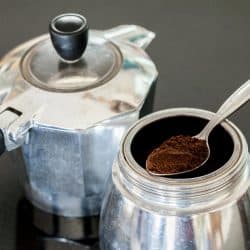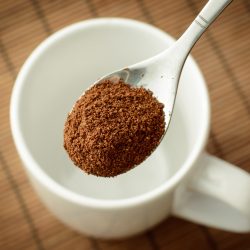It's the start of the day, and you begin with a cup of coffee. You put the coffee grounds in and let the French press do its thing. After drinking your burst of energy, it's time to clean up! But how do you dispose of coffee grounds from a French press? Let's find out!
You can dispose of it in several ways, but the trash is the most convenient way. All you have to do is scoop the grounds from the glass carafe. Gather them in a wrap and throw them away in the garbage can.
Of course, there are other uses for coffee grounds. There are also other areas you might consider trashing them in. However, is it safe to dispose of coffee grounds in other areas? We'll address these concerns. To learn more, keep reading.
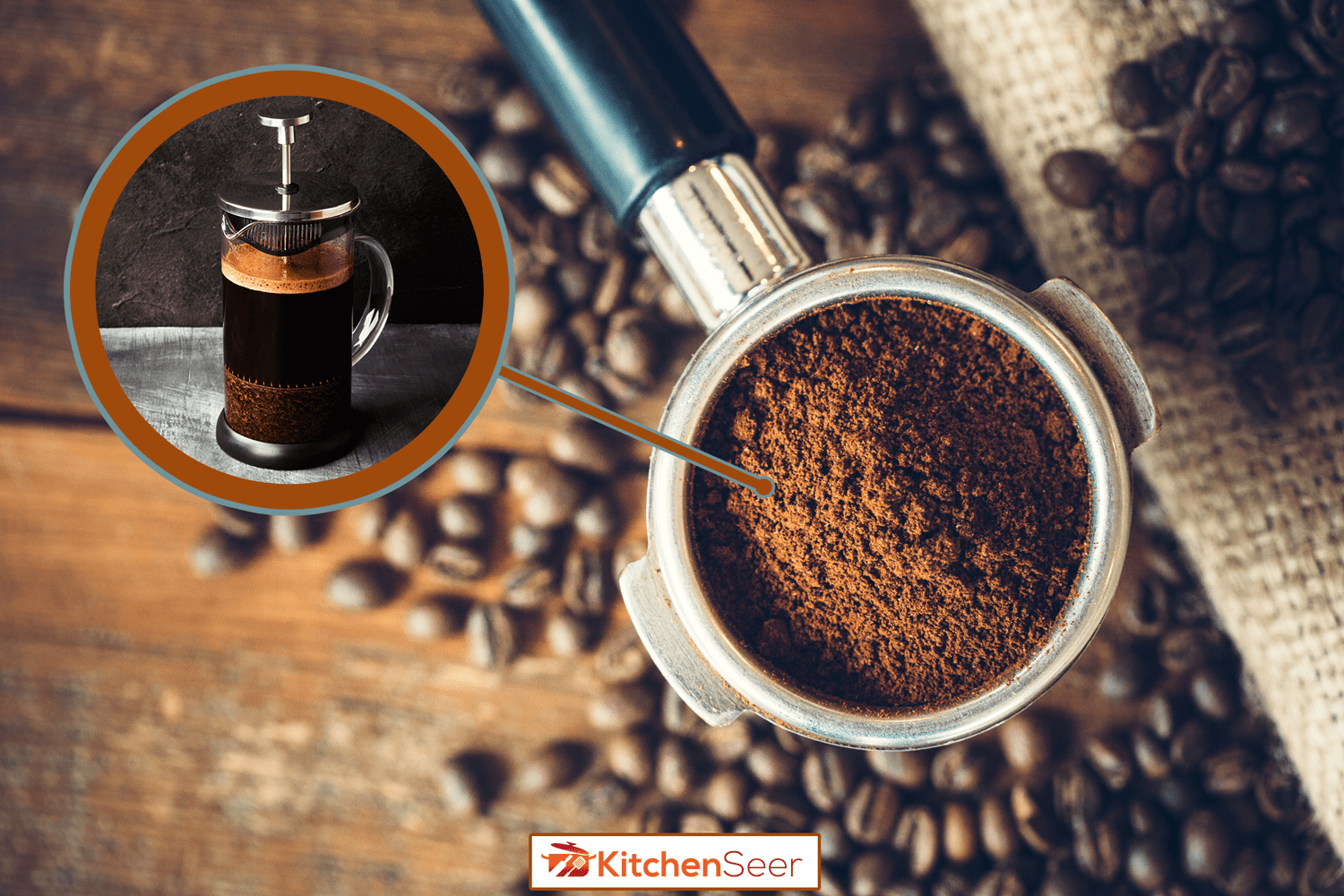
Disposing Of Coffee Grounds From French Press

Trash
It isn't hard to dispose of coffee grounds. Of course, you want to start by emptying your French press. Transfer any leftover coffee into another container. Then, take the lid off.
There are a few ways you can tackle the problem. The first option is to dig the coffee grounds out with a spoon. It's an easy solution, but it's a bit time-consuming.
In any case, you can transfer the grounds onto a disposable wrap or paper towel. Once you remove all of it from the French press, throw it out in the garbage can.
Using A Strainer
The other way to remove coffee grounds is using a food strainer. You'll have to fill the carafe with a bit of water first. This way, you can unsettle most of the coffee grounds.
Pour the carafe over the food strainer. There will be some coffee grounds left over. So, fill the carafe with more water and use the plunger to remove any debris settling inside.
Click here to see this nylon mesh strainer on Amazon.
Of course, pour the water onto the food strainer once more. The French press should be free of coffee grounds at this point. However, this method leaves you with more cleaning.
You can throw out the coffee grounds on the sieve. But some of it will linger on the netting. It can be quite a headache to clean out. You can work around this by lining the strainer with a coffee filter. It makes it easier to dump in the garbage.
Click here to see these coffee filters on Amazon.
Pouring It Down The Drain
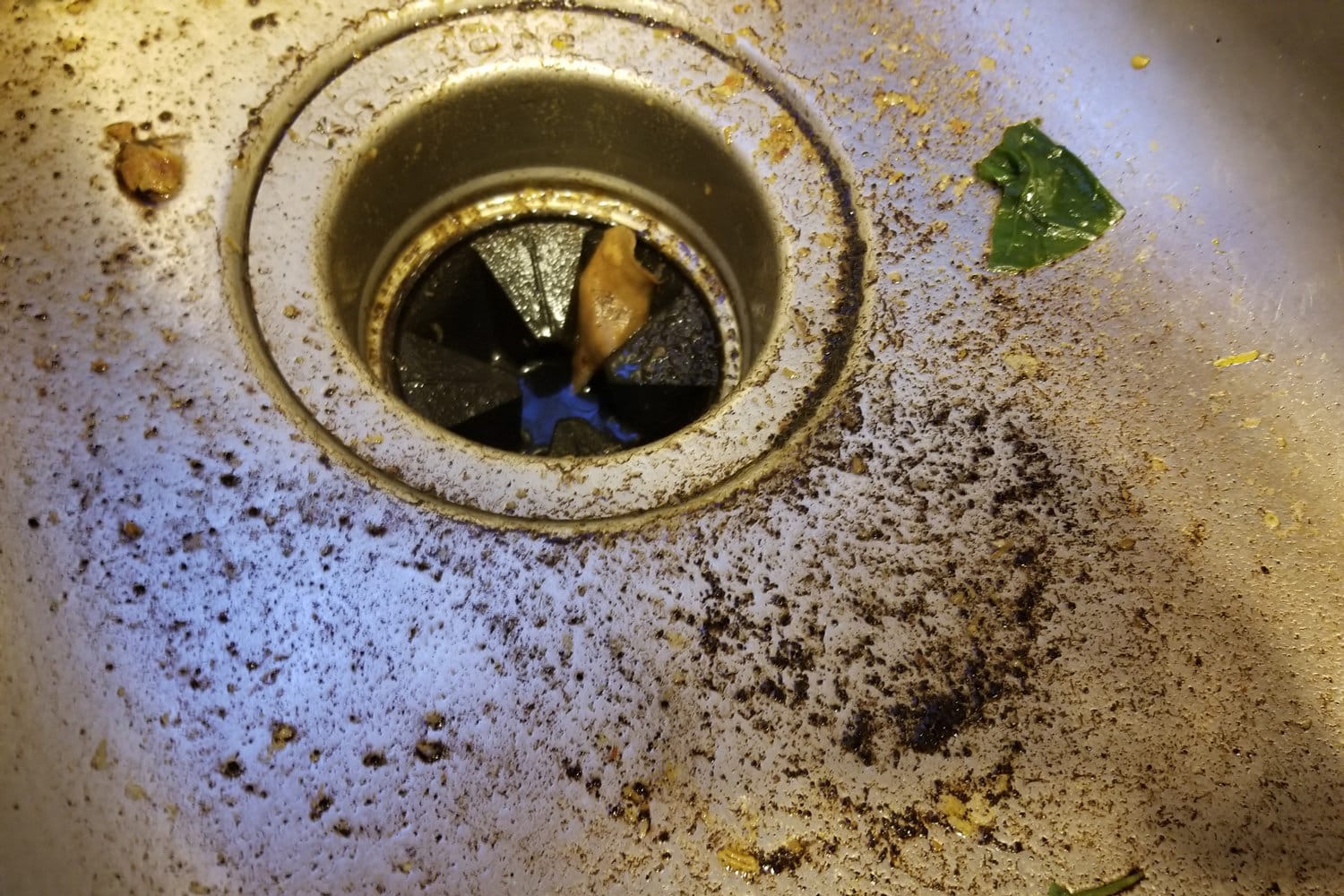
Some people might not like the work it takes to clean the French press. Why would you scoop it out or filter it through a sieve if you can pour it down the drain? After all, it's the least time-consuming solution.
However, it's not the safest choice for your drainage. Sure, coffee grounds will go down through the piping quickly. It might seem like it's not a problem initially.
Coffee grounds can be fine or coarse. Thus, it makes it easy to go down without a problem.
Dangers Of Dumping Coffee Grounds In The Sink
However, the first few initial dumpings aren't the main concern. The problem arises when you do it too much. The coffee grounds will accumulate quickly.
In addition, coffee grounds aren't the only thing going down the drain. Bits of starchy foods, grease, oil, and fats also go down there. So, instead of breaking down, it will all clump up. Unless you want a clogged sink, there are other places coffee grounds should go.
Pouring It Down The Toilet
No one likes clogs, especially in an area with access to water. If it can clog a kitchen sink, what can it do to a toilet? After all, many things can go down it without any problems.
Unfortunately, coffee grounds are a problem in any plumbing situation. However, clogs will occur much later than usual. Pouring coffee grounds down the toilet will push them deep into the sewage.
So, you might not know problems are occurring until the damage is painfully apparent. It's not a problem if it's a one-time thing. If it's a regular occurrence, it will build up over time.
Therefore, it's safe to assume coffee grounds shouldn't go down any drains in your home. It's always better to play it safe.
Flipping The French Press
The last way to dispose of your coffee grounds requires a bit of maneuvering. It's no secret that the coffee grounds are at the bottom of a French press. So, what if we can move them towards the top?
The simple way to do that is by filling it with cold water. This helps cool the French press. Then, you put the lid back on. You should have a French press with some cold water and coffee grounds at this point.
We'll need to remove the water. So, flip the French press upside down. It can be a little slow to drip out the cold water. Air pressure can help remove it more quickly. Therefore, you will have to push the plunger up.
Drip any remaining water out. Lastly, head over to a trash can. Open the lid of the French press. Be careful, as the plunger will drop down rapidly, and so will the coffee grounds. All that's left to do is throw them into the garbage.
This method can get a bit messy if you're not careful enough. But, some people might be better at executing this than others. So, it's worth a try. Here's a YouTube video demonstrating the process:
What Are Other Uses Of Coffee Grounds?
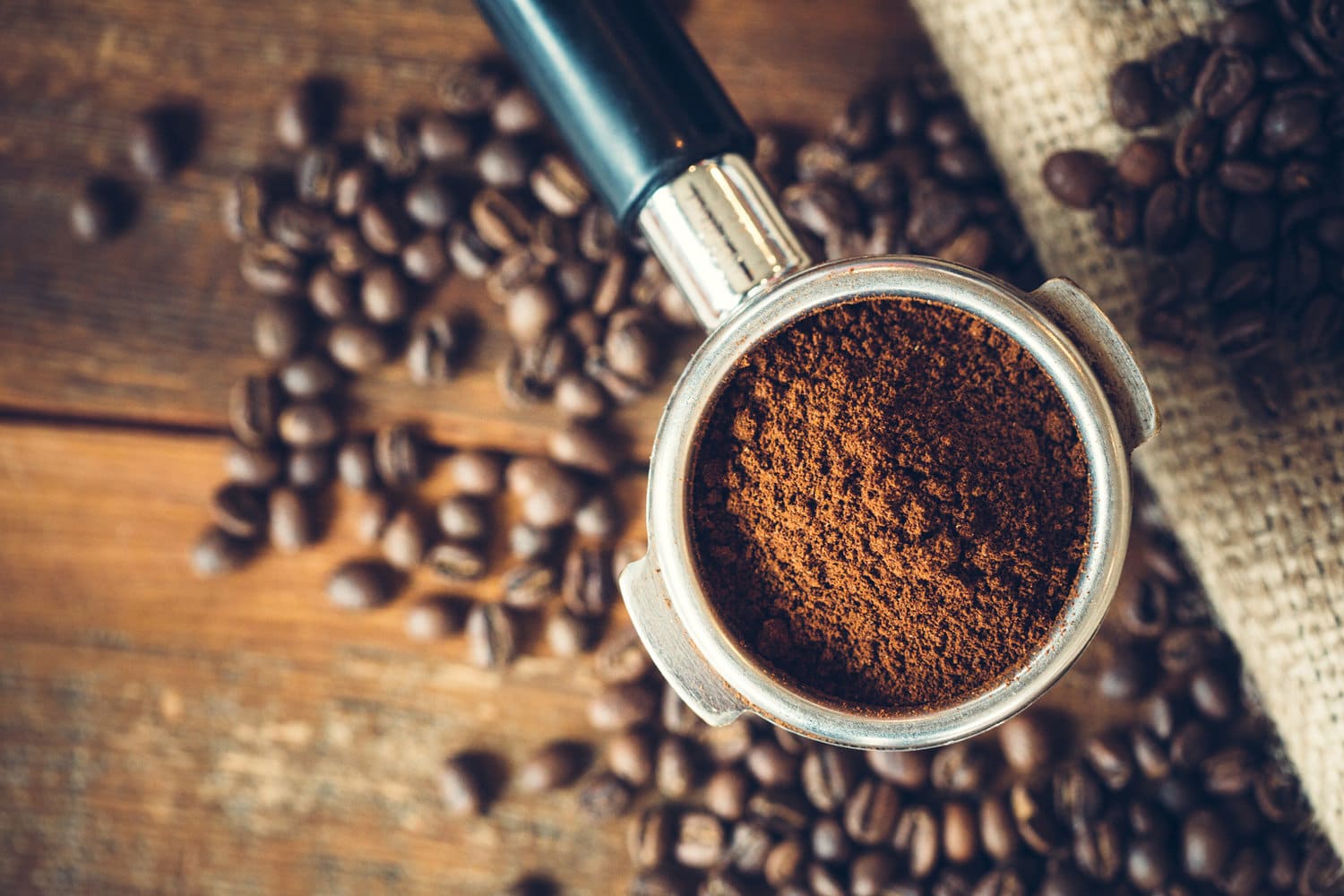
Sometimes we want to make good use of everything we use. Coffee grounds are no different. There are more uses for them other than a cup of coffee! Though, some of them don't apply to everyone.
Compost
For example, do you partake in gardening? If you didn't know, composting coffee grounds is an option. Sometimes plants can use extra help for their growth.
You can use coffee grounds to aid them. They contain nitrogen, calcium, potassium, iron, phosphorus, magnesium, and chromium. Use them as fertilizer for a quick nutrient boost to the plants you're growing.
Otherwise, throw them into compost to increase the quality of it.
Insect Repellant
Another good use for coffee grounds concerns pests. More specifically, ants, fleas, slugs, and snails hate them. If you have an ant problem in your home, spread coffee grounds near problematic areas.
You don't have to do much using coffee grounds in compost or fertilizer. Slugs and snails aren't fond of coffee. They'll quickly go the other way if coffee grounds are near. Here's a YouTube video demonstrating how effective coffee grounds can be:
It isn't uncommon to find your pets carrying fleas. It's a concerning situation that pet owners need to address immediately. Fortunately, a coffee ground bath is one way to do that.
The fleas will come right off your dog or cat. Just make sure to give them a wash outside of your home. Otherwise, they'll disperse in your bathroom!
How To Clean A French Press
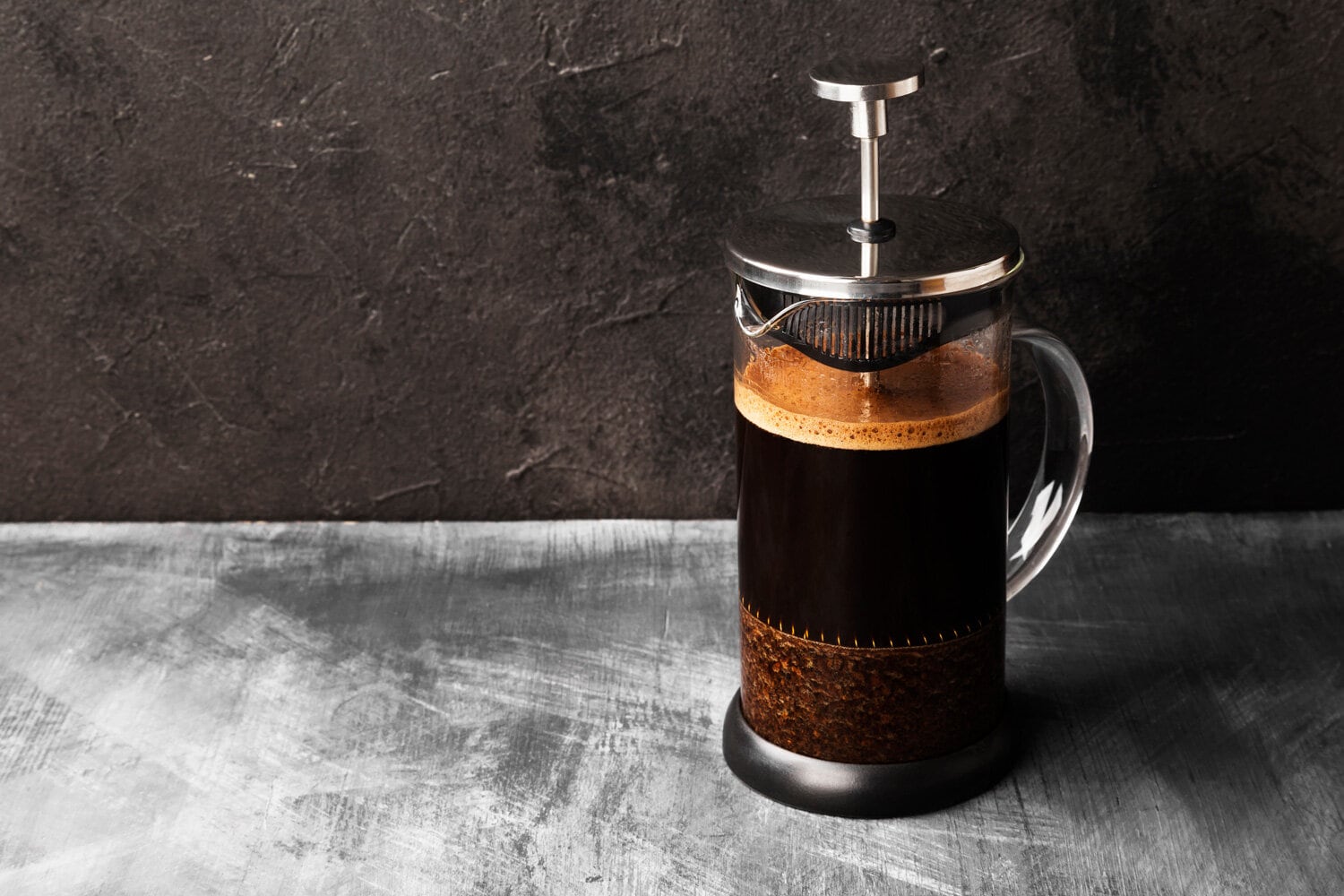
Removing coffee grounds from a French press is the first step toward cleaning it. But it's not the only step you should accomplish. Sure, you can rinse it out with water. However, that's not going to do much in the long run.
Coffee beans contain natural oils as part of their composition. Some of it will seep into the surface. Thus, a simple rinse won't be enough to remove it.
Fortunately, it doesn't take much to remove it either. All you'll need is a bit of dish soap. Pour some of it into your French press. Then, fill it up with some water.
Put the lid on and plunge the French press a few times. It helps clean the sides. Afterward, rinse the soap water out. Don't forget to wash the plunger too! At this point, it should be clean enough to use again!
Here's a YouTube video demonstrating the process:
What Plants Are Coffee Grounds Good For?

If you're into gardening, you'd know plants are delicate. Even tap water can turn a lively plant into a dead one. Therefore, it's always better to inform yourself before doing something that could affect the health of your plants.
It's the same with coffee grounds. They're rich in nutrients, but they're also acidic. Some plants won't like that. So, they'd end up dying instead of blooming.
The plants that love acidic soil are roses, blueberries, carrots, radishes, cabbages, and more. Other plants like alfalfa, tomatoes, and lilies don't fair well. If you have any concerns, it would probably be better to test the soil first.
This way, you can get an idea of what it needs. You can do that with a pH test kit. Although coffee grounds can be beneficial, too much of one thing isn't always good.
In Closing
How do you dispose of coffee grounds from your French press? Hopefully, we gave you some new ideas to try out. This way, making a cup of coffee can be less of a bother. Now you can enjoy your coffee without worrying too much about the grounds.
Before you go, do you have other concerns? Another area you might be considering for dumping coffee grounds is the garbage disposal. To learn more, check out:
Can You Put Coffee Grounds In The Garbage Disposal?
Do you use a Cuisinart coffee grinder? We can show you how to clean it. For more information, check out:
How To Clean A Cuisinart Coffee Grinder



![A black Stanley French press next to a water heater and coffee mugs, How To Use A Stanley French Press [Step By Step Instructions]](https://kitchenseer.com/wp-content/uploads/2022/09/A-black-Stanley-French-press-next-to-a-water-heater-and-coffee-mugs-250x250.jpg)



